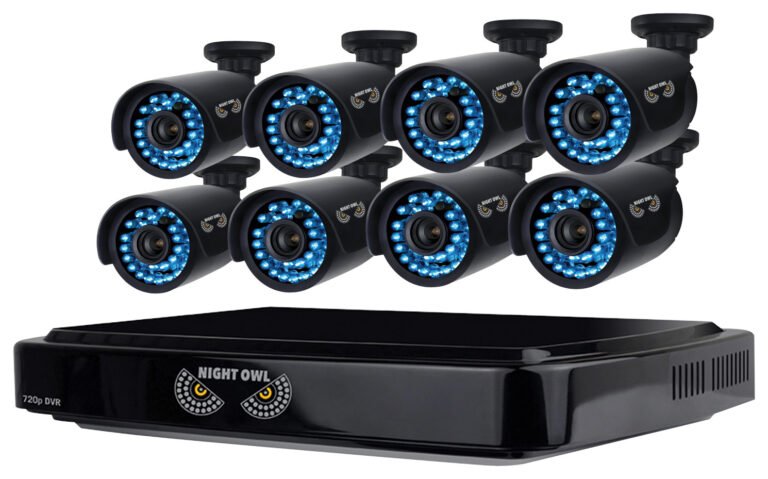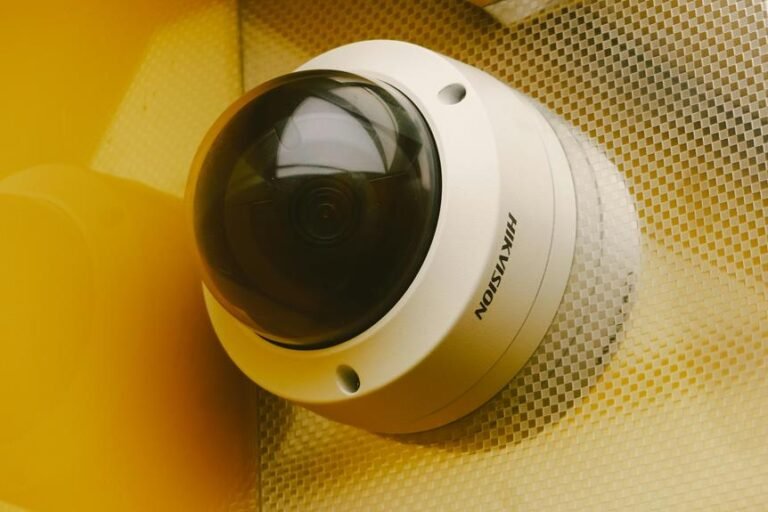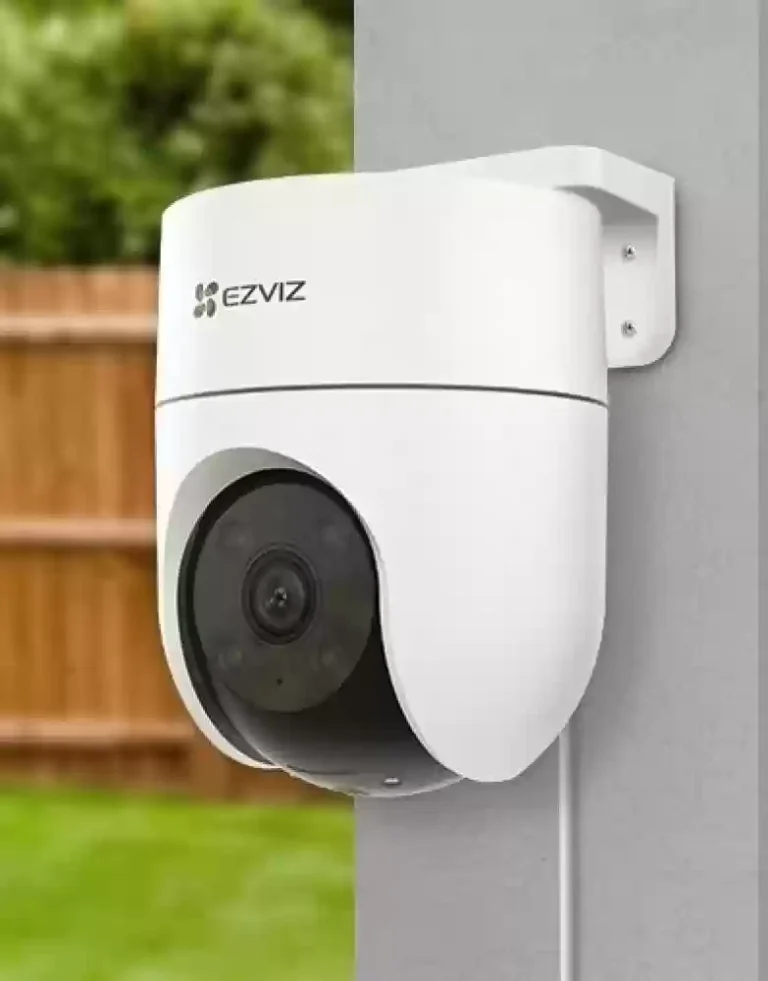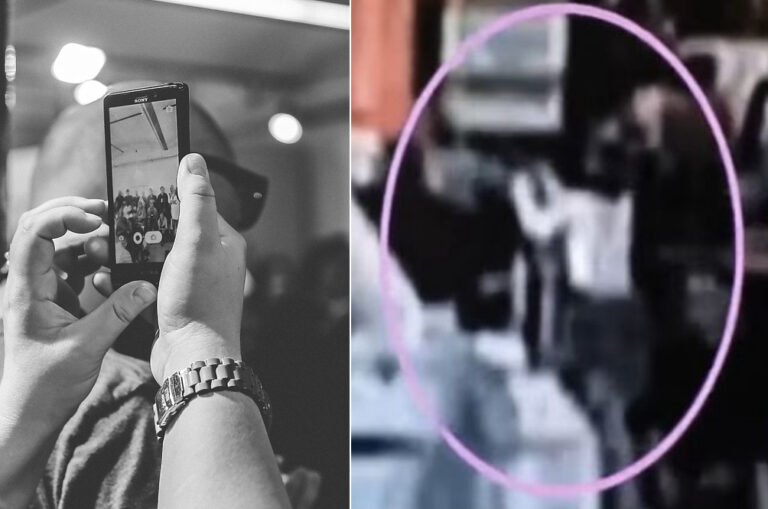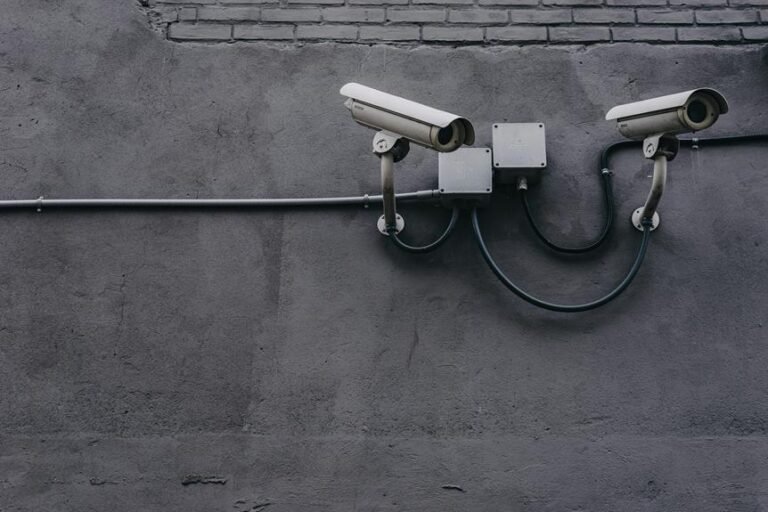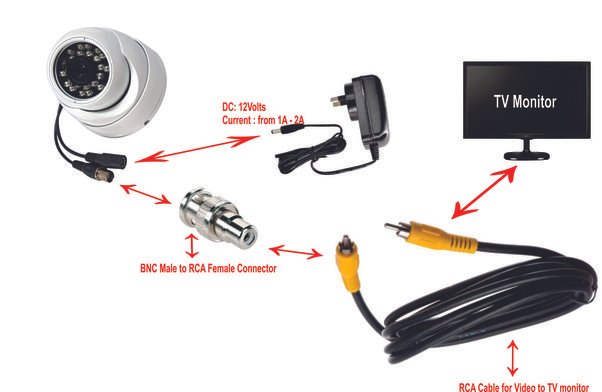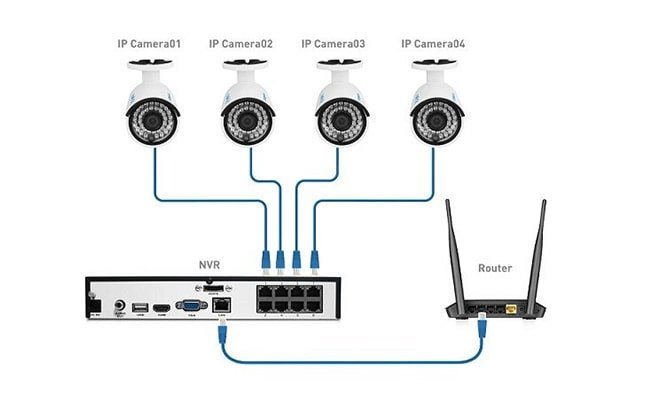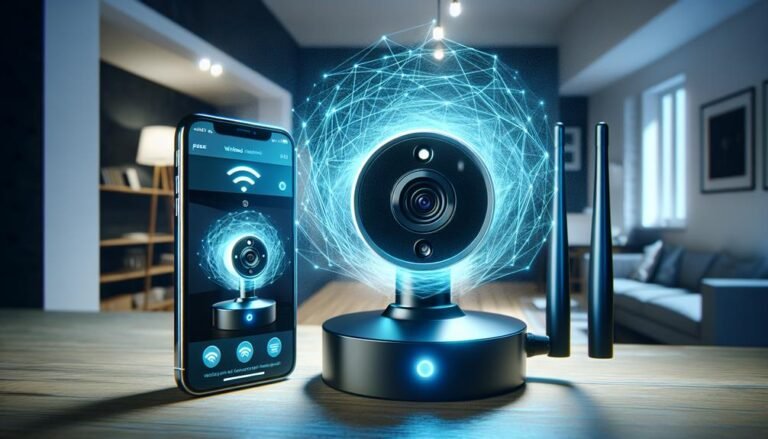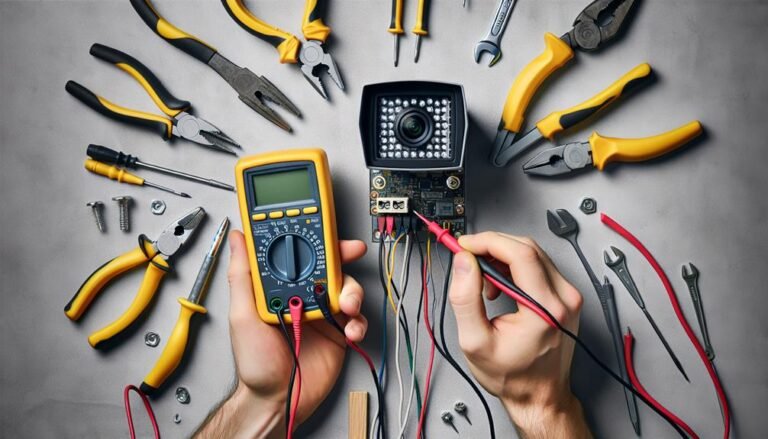Risolvere il problema della mancata registrazione della telecamera CCTV Swann
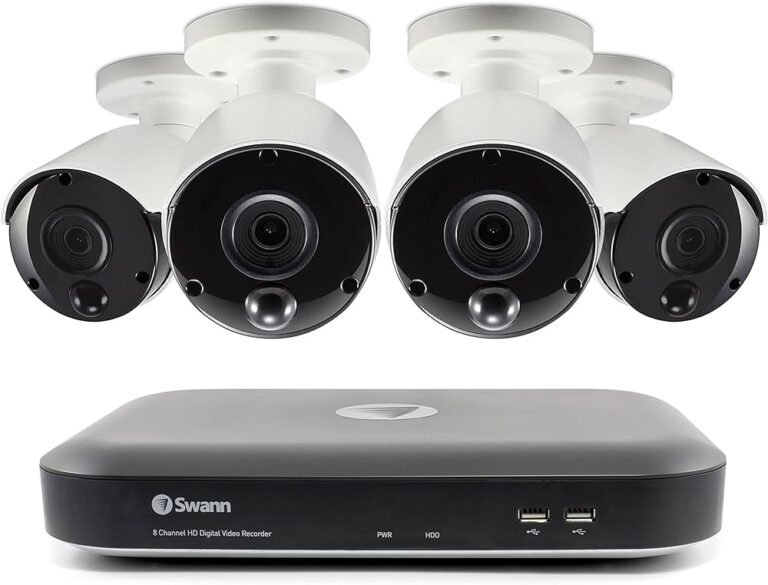
Se la tua telecamera Swann non registra, inizia controllando l'alimentatore per assicurarti che sia collegato correttamente e che la batteria sia carica. Successivamente, verifica le impostazioni della telecamera attivando la funzione di rilevamento del movimento e controllando le tue programmazioni di registrazione. Ispeziona tutto...
